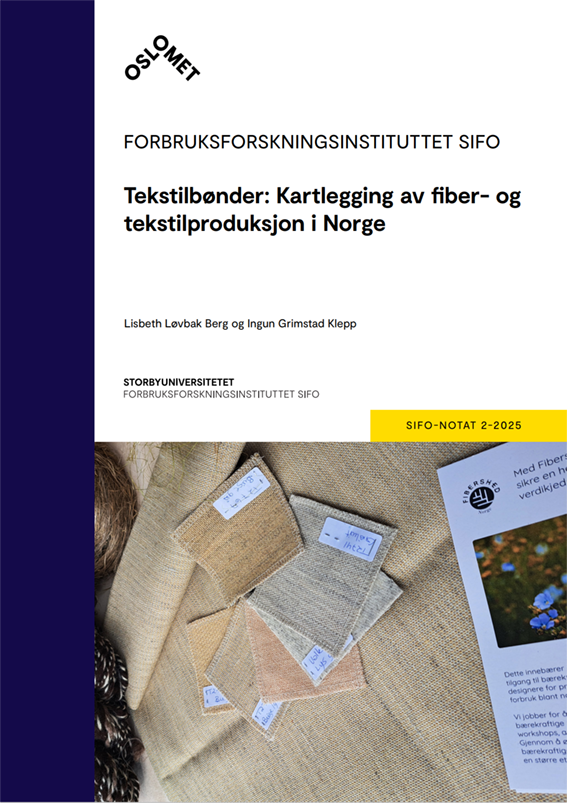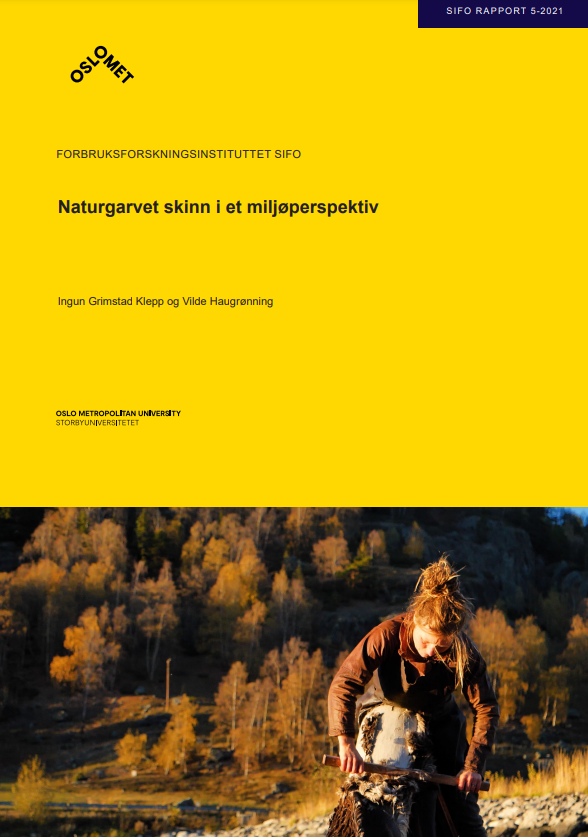Understanding garment durability through local lenses: a participatory study with communities across the globe
Authors: Hester Vanacker, Andrée-Anne Lemieux, Kirsi Laitala, Michelle Dindi, Sophie Bonnier & Samir Lamouri.
Abstract
The overproduction of garments, often of low quality, contributes significantly to environmental degradation, especially in the Global South. Therefore, assessing the durability of garments has attracted the attention of industry organizations and legislators. Recent research has identified both intrinsic and extrinsic dimensions of durability and their links to a circular transition. This study aims to deepen the understanding of garment durability by incorporating the local perspectives of five different global communities. Using a participatory action research methodology, semi-structured interviews were conducted with stakeholders across value chains in France, Ghana, Indonesia, Norway, and South Africa. The key findings of this study have been grouped into 8 trends that characterize garment durability: (1) quality is preferred over durability, (2) garment durability is dynamic, (3) price and brand are related to perceived durability, (4) local refers to geographical proximity, (5) local involves value creation, (6) local touches tradition, (7) traditional garments and textiles are more durable, and (8) local contexts influence garment durability. These trends indicate that local factors significantly influence the definition and practice of durability, suggesting that global legislation must consider such nuances when describing and quantifying durability in the context of garments and textiles.
The full article is available open access via Scientific Reports (rdcu.be)
Reference
Vanacker, H., Lemieux, A.-A., Laitala, K., Dindi, M., Bonnier, S., & Lamouri, S. (2025). Understanding garment durability through local lenses: a participatory study with communities across the globe. Scientific Reports, 15(1), 34962. https://doi.org/10.1038/s41598-025-19087-3

